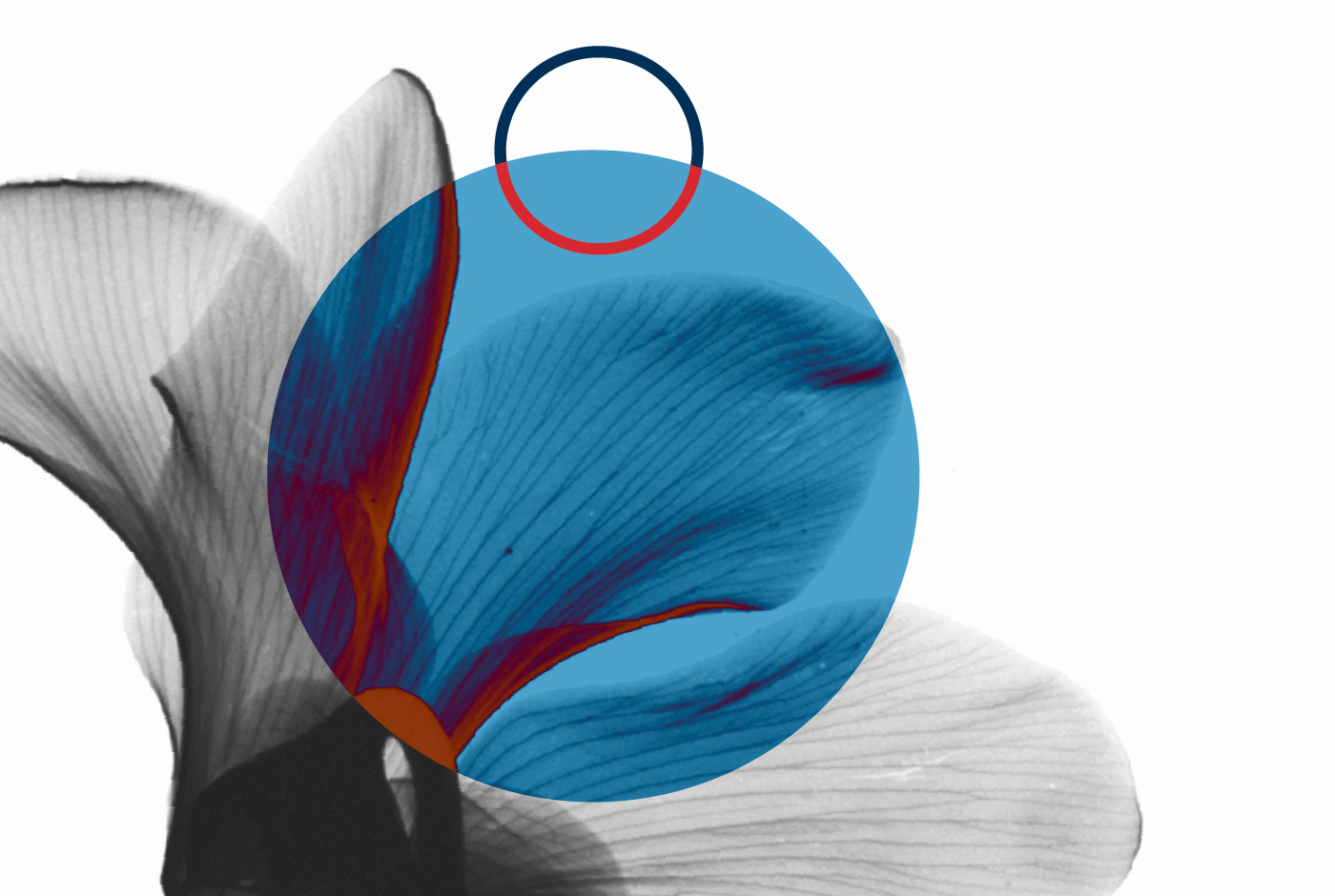Did you know? PET-CT reduces trial and error in cancer treatment

When you’re being treated for cancer, every step matters. That’s why it’s so important for doctors to assess how treatment is working early on, so they can adapt or refine your care plan in the most effective way possible.
That’s where PET-CT comes in. By providing real-time insight into how your body is responding, it helps doctors adapt treatment plans sooner, avoid unnecessary side effects, and deliver care that’s guided by precision.
What does trial and error look like in cancer care?
In the past, treatment plans were typically followed through to completion, with response assessed along the way through clinical signs and biochemical markers, and often only confirmed by imaging after therapy was completed. If things didn’t go as hoped, it might only become clear months later, when a tumour failed to shrink, new symptoms appeared, or follow-up scans revealed that treatment wasn’t as effective as intended. By then, valuable time may have been lost.
This wasn’t due to oversight or inaction; it was simply the reality of the tools available at the time. Traditional scans like CT or MRI can show the size and shape of a tumour, but they don’t always reveal whether the cancer is still active. That’s why many patients experienced a ‘wait and see’ approach, where the true effect of treatment could only be measured after the fact.
Today, newer technologies like PET-CT are playing an increasingly valuable role in cancer care, particularly for many common cancer types, where they offer unique insights. Doctors carefully consider the latest guidelines, evidence, and individual circumstances before recommending any scan. PET-CT plays a crucial role in many cancers and is most effective when used in situations where its strengths can offer the greatest value.
Learn more about which cancers benefit most from PET-CT scans.
Real-time treatment response, real-time results
PET-CT changes that. By combining two powerful scans, Positron Emission Tomography (PET) and Computed Tomography (CT), doctors can see not just where cancer is, but how it’s behaving at a cellular level.
PET uses a small amount of radioactive glucose to track areas of high activity in the body. Cancer cells typically use more glucose than healthy cells, so they appear brighter on the scan. When combined with a CT scan showing anatomical detail, doctors get a complete picture: structure and function, all in one image.
This is especially valuable during treatment. Instead of waiting until the end of a chemo or radiation cycle to find out if it worked, doctors can use PET-CT midway through. If the scan shows the cancer is shrinking and becoming less active, it shows that the treatment is having the desired effect. If not, doctors can change course.
For patients, that means less uncertainty, more control, and a more dynamic care approach.
Avoiding unnecessary treatments and side effects
Cancer treatments are powerful. But they can also be hard on the body. Chemotherapy, radiation, and immunotherapy often come with side effects, from fatigue and nausea to more serious complications. PET-CT gives doctors the information they need to avoid putting patients through treatments that aren’t helping.
For example, a patient with lymphoma might start on a standard course of chemotherapy. After a few cycles, a PET-CT scan shows no signs of active cancer. Based on this, the doctor may then reduce the number of remaining treatments or switch to a less aggressive approach. This spares the patient from further side effects without compromising the outcome.
In another case, a patient with lung cancer might not be responding well to initial chemotherapy. A mid-treatment PET-CT scan picks this up early, prompting a switch to targeted therapy before precious weeks or months are lost on a plan that’s not as effective as it could be.
The goal isn’t just less treatment, it’s the right treatment.
Smarter decisions – not just faster ones
Speed matters in cancer care, but so does strategy. PET-CT enables faster responses and helps make treatment plans smarter.
PET-CT supports more collaborative, informed decision-making by providing early, detailed insight into how cancer is reacting. Multidisciplinary teams, including oncologists, radiologists, surgeons and nuclear medicine specialists, can review the scan together and align on the next step.
This reduces the need for unnecessary biopsies, helps doctors refine the exact area to target with radiation, and supports the use of more personalised treatment options, like immunotherapy or targeted drugs.
It also allows patients to be part of the process. Instead of being told to ‘wait and see’, they get real updates and more precise explanations about what’s happening in their body.
Purpose, not just procedure
Some patients feel anxious about being sent for yet another scan. But when it comes to PET-CT, it’s not just about ticking a box. It’s about getting the information that makes the rest of your care more precise.
A PET-CT scan goes beyond measuring tumour size. It reveals the activity inside the tumour – how it’s metabolising glucose, whether it’s slowing down, and what that means for your future care. This kind of detail is hard to get from any other scan.
It also offers peace of mind. If treatment is effective, you’ll know. And if it’s not, you’ll know your care team has what they need to respond quickly.
Treatment that adapts to you
Cancer care is no longer one-size-fits-all. Thanks to advances in nuclear medicine, doctors can now personalise treatment in real time, reducing uncertainty, avoiding ineffective therapies, and ensuring every step is backed by science, not guesswork.
At Life Healthcare, we’re committed to using the best available tools to support your journey. That’s why PET-CT is so powerful – it helps doctors act sooner, plan better, and treat more precisely.

